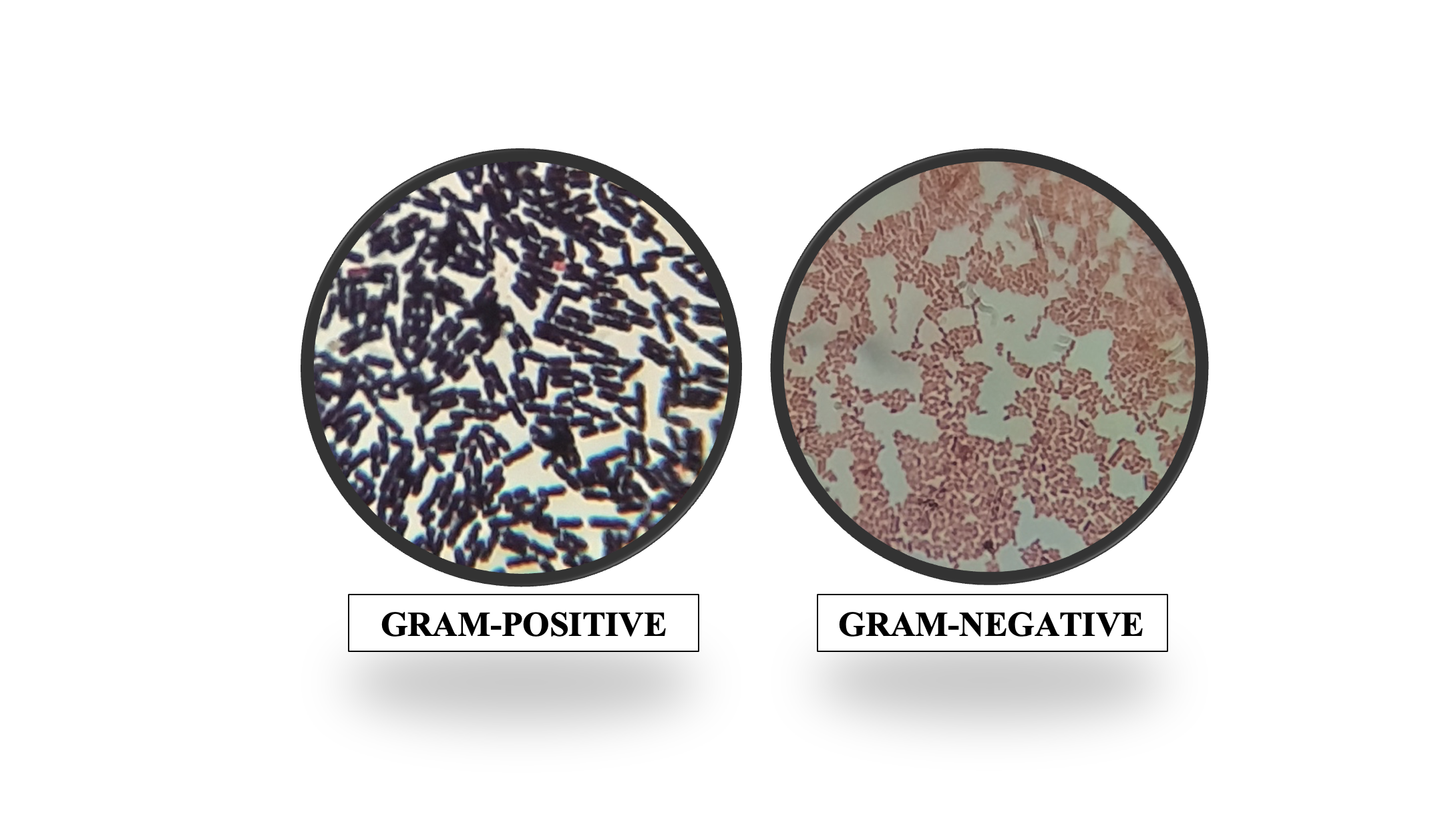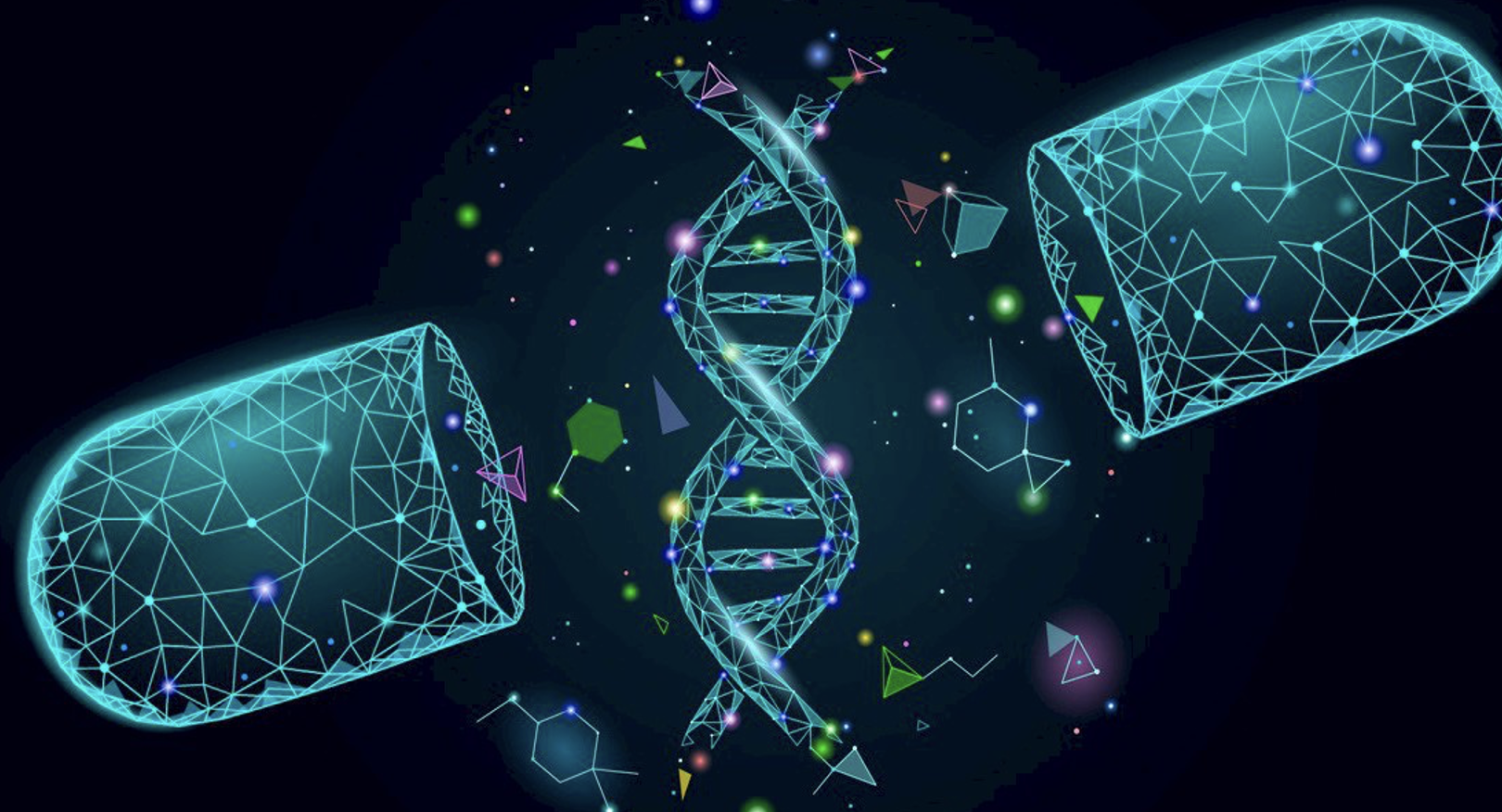Thiomargarita magnifica, a bacterium visible to the naked eye, is a paradigm shift in microbiology, which previously dealt only with microscopic microorganisms. In 2022, after its discovery, it was dubbed Thiomargarita magnifica, the giant of the microbial world, because it can be viewed with the naked eye. Surprisingly, most bacteria discovered until then were invisible, meaning they couldn’t be seen with the naked eye. However, Thiomargarita magnifica‘s cell size, structure, and functionality were so unique that it was challenging to understand. Therefore, it emerged as a revolutionary breakthrough in microbiology.
Background
Thiomargarita magnifica was initially identified by marine biologist Oliver Gros and his team in the mangrove sediments of Guadeloupe. At that time, this discovery did not attract much attention since the scientists thought it was just a plain fungus. However, in 2022, this organism was reclassified as a bacterium. This organism thrives in nutrient-rich environments where the breakdown of organic matter occurs. As a sulfur-oxidizing bacterium, it benefits from habitats with low oxygen levels and high sulfur concentrations, which promote its growth (Mishra, 2022).
Physical Characteristics
While typical bacteria range in size from 0.5 to 5 micrometers, T. magnifica stands out at sizes between 10 to 20 millimeters, comparable to the width of a human eyelash. This extraordinary scale makes it approximately 5,000 times larger than the average microbial cell, signifying a notable transformation in the sizes of bacteria (The World’s Largest Bacteria are visible to the naked eye, 2022).

Figure 1: Graph showing T. magnifica to scale. (Volland et al., Science, 2022)
Unique Characteristics Compared to Other Bacteria:
- Energy Production: The lack of internal membranes in most bacteria restricts the assembly of ATP-generating mechanisms on their cell surfaces. However, the internal membranes of T. magnifica allow for a more efficient and flexible energy distribution.
- Morphology: Conventional bacteria are limited in size due to challenges with energy transport. T. magnifica overcomes this restriction by integrating internal membranes that enhance energy transfer.
- Reproduction: Average bacteria must double their volume to divide in half. T. magnifica bypasses this limitation by separating a specific portion to create an offspring cell.
- Genetic Complexity: T. magnifica contains 11,788 genes, more than triple the genetic material of a typical prokaryote with around 3,935 genes (Staff, 2022).
Hence, these characteristics make T. magnifica an extraordinary bacterial species that challenges the fundamental limitations of microbial existence due to its unique characteristics.
Cellular Structure
T. magnifica has two primary components: a large central vacuole and a thin cytoplasmic layer. Most bacteria contain a singular cytoplasmic compartment, but unlike other bacteria, T. magnifica has a central vacuole that occupies 70 to 80 percent of its structure and is filled with nitrate, aiding its metabolism as an electron acceptor. Surrounding this vacuole is a thin cytoplasm layer housing essential cellular components like DNA and ribosomes. The genomic organization of T. magnifica also differs from that of typical bacterial cells. While most bacteria have a single, circular chromosome, T. magnifica has multiple genomic copies distributed across membrane-bound compartments known as ‘pepins’. These structures generate energy from nitrate in conjunction with the vacuole, assisting in the conversion of carbon dioxide into organic compounds.

Figure 2: Schematic of T. magnifica (Verma, 2022)
Habitat and Environment
T. magnifica is found in tropical marine coastal ecosystems, thriving in the sediments of sulfur-rich aquatic environments. These bacteria use both sulfur and oxygen to produce sugars. Due to their large size compared to other microorganisms in their habitat, they have few natural predators. While this species is not known to cause disease, it could potentially lead to illness in individuals with weakened immune systems (Staff, 2022).
Genome Structure
The genome of T. magnifica carries numerous genes primarily related to sulfur oxidation and carbon fixation. They essentially recycle both sulfur and carbon, thereby supporting the mangrove ecosystem and also contributing to nutrient cycling. At the same time, it minimizes the harmful effects of hydrogen sulfate and helps remove the toxic byproducts of organic decomposition. It oxidizes sulfide to form less harmful sulfate. (Ionescu et al., 2023).
The organization of this organism is very similar to a eukaryotic cell. Just as in a eukaryotic cell, the DNA is segregated into a nucleus, so is the genomic structure of this microorganism. Most importantly, its genes are mainly included in bioactive compounds, and together they form a significant part of a genome that is 12 million bases long. All these genes together (originally distributed into thousands of pepins and a variety of proteins throughout the genome) encode internal functions like sulfur metabolism, stress condition dealing, cell division responses, and many more. Lastly, the distribution of this genetic system essentially ensures efficient transcription and translation around the cell cytoplasmic system. (Thiomargarita Magnifica – Microbewiki, n.d.).
Reproduction of T. magnifica
Like other prokaryotes, T. magnifica reproduces asexually, but it does so in a unique manner compared to other microorganisms and similar species. In most organisms, the daughter cells that emerge from the mother cell are of equal size. However, T. magnifica‘s life cycle is dimorphic. Research indicates that its reproduction process closely resembles budding. During this process, T. magnifica shares several “pepins” with its smaller daughter cells. In this case, the smallest daughter cell serves as a means of dispersion, aiding in the distribution of pepins over a considerable distance (Devlin, 2022).
Metabolic Processes
T. magnifica predominantly engages in chemoautotrophy, specifically as a sulfur-oxidizing chemoautotroph, which derives energy from the oxidation of sulfur compounds. In this metabolic process, hydrogen sulfide (H₂S) is oxidized by nitrate ion (NO₃⁻), resulting in the production of elemental sulfur (S) and nitrite ion (NO₂⁻). This process highlights how certain microorganisms can utilize inorganic compounds for energy, diverging from the conventional understanding of microbial metabolism. However, studying T. magnifica poses significant challenges due to its large and distinctive cellular structure, necessitating advanced technologies and innovative analytical techniques. Despite these challenges, T. magnifica represents a significant rethinking of microbial life due to its unique features and capabilities, which could lead to transformative insights in microbiological research (Volland et al., 2022).
Conclusion
Thiomargarita magnifica is an exceptional organism that challenges traditional notions of bacterial cells. Its large cell size, extensive genome, and unique dimorphic life cycle represent a complicated morphology. Most notably, this organism’s unique compartmentalization of genetic components within membrane-bound pepins raises intriguing questions about the nature of the bacterial organization. By organizing its genetic material into distinct membrane-bound organelles, they not only blur the lines between bacterial and eukaryotic characteristics but also prompt a reassessment of our understanding of cellular organization in prokaryotes. This organism ultimately underscores the diversity of life and the potential for discovering new biological paradigms within the microbial world (Volland et al., 2022).
References
- Devlin, H. (2022, June 23). Scientists discover the world’s largest bacterium, the size of an eyelash. The Guardian. https://www.theguardian.com/science/2022/jun/23/scientists-discover-world-largest-bacterium-thiomargarita-magnifica-bacteria
- Ionescu, D., Volland, J., Contarini, P., & Gros, O. (2023). Genomic Mysteries of Giant Bacteria: Insights and implications. Genome Biology and Evolution, 15(9). https://doi.org/10.1093/gbe/evad163
- Mishra, S. (2022, June 23). Biggest bacterium ever discovered shakes our view of the single-celled world. Science. https://www.nationalgeographic.com/science/article/biggest-bacterium-ever-discovered-shakes-our-view-of-the-single-celled-world
- Staff, S. (2022, June 24). The Largest Bacterium Has Been Found. It’s Eyelash-Length and Like Nothing We’ve Seen: ScienceAlert. ScienceAlert. https://www.sciencealert.com/giant-bacteria-visible-to-the-human-eye-have-a-never-before-seen-structure
- The world’s largest bacteria are visible to the naked eye. (2022, June 23). Natural History Museum. https://www.nhm.ac.uk/discover/news/2022/june/worlds-largest-bacteria-are-visible-naked-eye.html
- Thiomargarita magnifica – microbewiki. (n.d.). https://microbewiki.kenyon.edu/index.php/Thiomargarita_magnifica
- Volland, J., Gonzalez-Rizzo, S., Gros, O., Tyml, T., Ivanova, N., Schulz, F., Goudeau, D., Elisabeth, N. H., Nath, N., Udwary, D., Malmstrom, R. R., Guidi-Rontani, C., Bolte-Kluge, S., Davies, K. M., Jean, M. R., Mansot, J., Mouncey, N. J., Angert, E. R., Woyke, T., & Date, S. V. (2022). A centimeter-long bacterium with DNA contained in metabolically active, membrane-bound organelles. Science, 376(6600), 1453–1458. https://doi.org/10.1126/science.abb3634
If you like this article, you can go through our other top articles
- Identification of Bacterial-Virus Binding by Fluorescent Labeling – https://learnlifescience.org/identification-of-bacterial-virus-binding-by-fluorescent-labeling/
- DNA Sequencing Methods – https://learnlifescience.org/dna-sequencing-methods/
- Biosensors as a Disease Diagnostic Tool: A Comprehensive Review – https://learnlifescience.org/biosensors-as-a-disease-diagnostic-tool-a-comprehensive-review/
- An Overview of Bacterial Genomic DNA Isolation – https://learnlifescience.org/an-overview-of-bacterial-genomic-dna-isolation/
“Since the article has been written to reflect the actual views and capabilities of the author(s), they are not revised for content and only lightly edited to be confirmed with the Learn life sciences style guidelines.”











